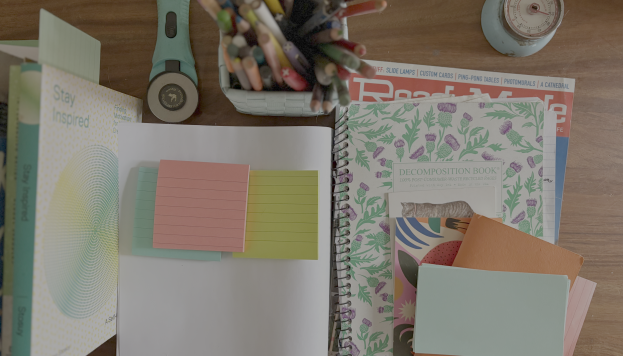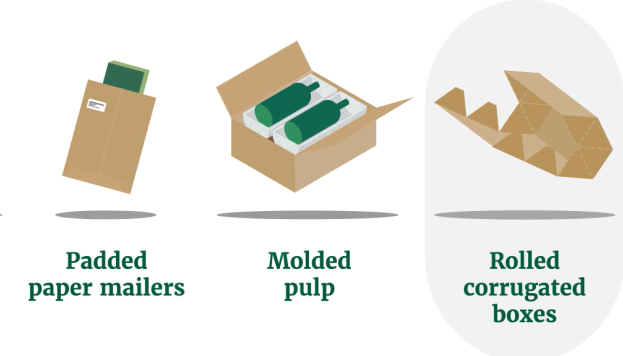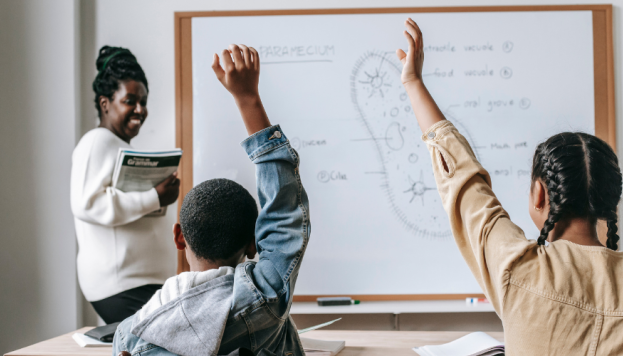Try a Notebook Instead of a Laptop
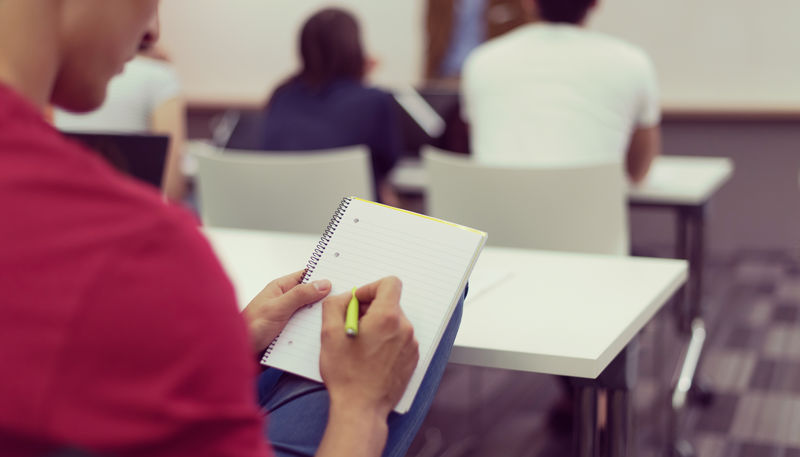
College professors are growing weary of laptops in classrooms. It’s been a while since I sat in a college lecture hall but apparently nowadays students are typically staring at a screen instead of a blackboard and the view from the podium is of a sea of faces bathed in flickering bluish light.
“I got really tired of seeing them out there on their laptops doing something other than pay attention to me,” a University of Kansas professor told The Wall Street Journal after she banned laptops. Others such as Georgetown and UC Berkeley have followed suit and keeping computers out of lecture halls.
But there’s a problem with this trend – students increasingly do not know how to take notes in cursive script. Kids entering college these days are part of the first generation of Common-Core students who were never taught to write in cursive and haven’t acquired the skills to take notes by hand.
But by banning laptops, lecturers may be doing students a big favor. Studies show that relying on an electronic device for note taking can negatively impact your ability to retain and understand information. Experiments at Princeton and UCLA showed that students using laptops for note taking in a lecture vs. those using pen and paper scored substantially lower on a standardized test of the information they heard.
Why? There are several theories.
One is that because students can type faster than they can write, the lecturer’s words “flow right past the students’ typing figures without stopping in their brains for substantive processing. ” As a result, the laptop note takers basically transcribed the lecture while the students writing by hand had to make decisions about what was important and what could be ignored. Their notes were succinct and included only the most salient points. The reason is that writing by hand on paper requires you to synthesize information and make sense of it. That’s a higher cognitive function than simply listening and typing. In fact, writing by hand integrates three complicated brain processes according to a European study on the haptics of writing:
- Visual: Seeing what is on the paper in front of you.
- Motor: Using your fine motor skills to actually put the pen to paper and form the letters to make the words.
- Cognitive: Remembering the shapes of the letters requires a different type of feedback from the brain.
Combining these three functions makes handwriting a powerful intellectual skill. With this in mind, it’s definitely a reason to observe National Letter Writing Month this month, if you’re not already gearing up for your end-of-semester exams. But if you are gearing up for exams, ditch the laptop and make a set of flashcards to ensure a winning grade on your next exam!
